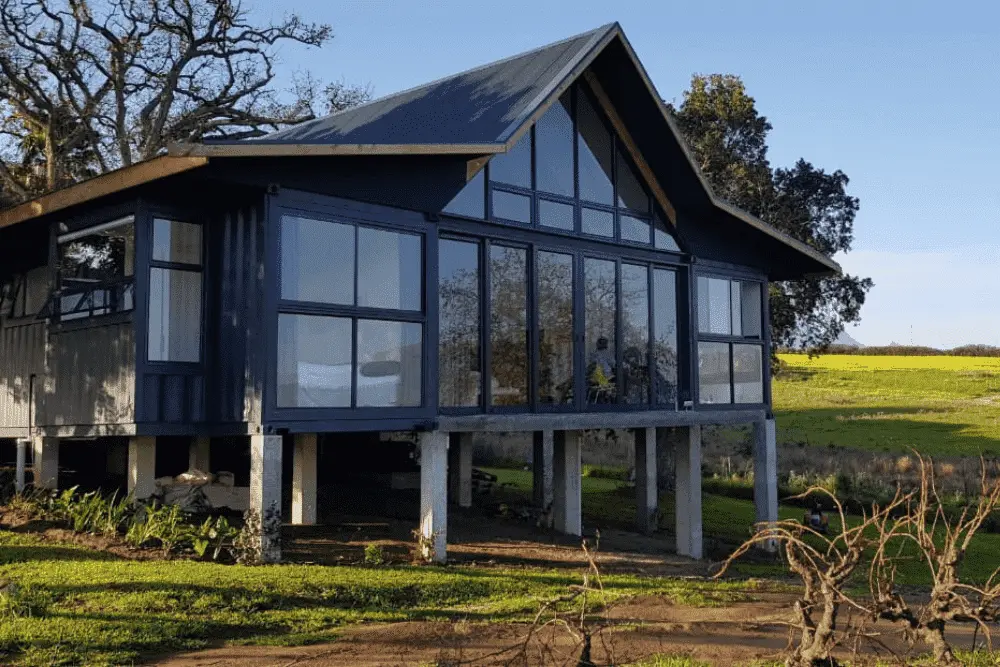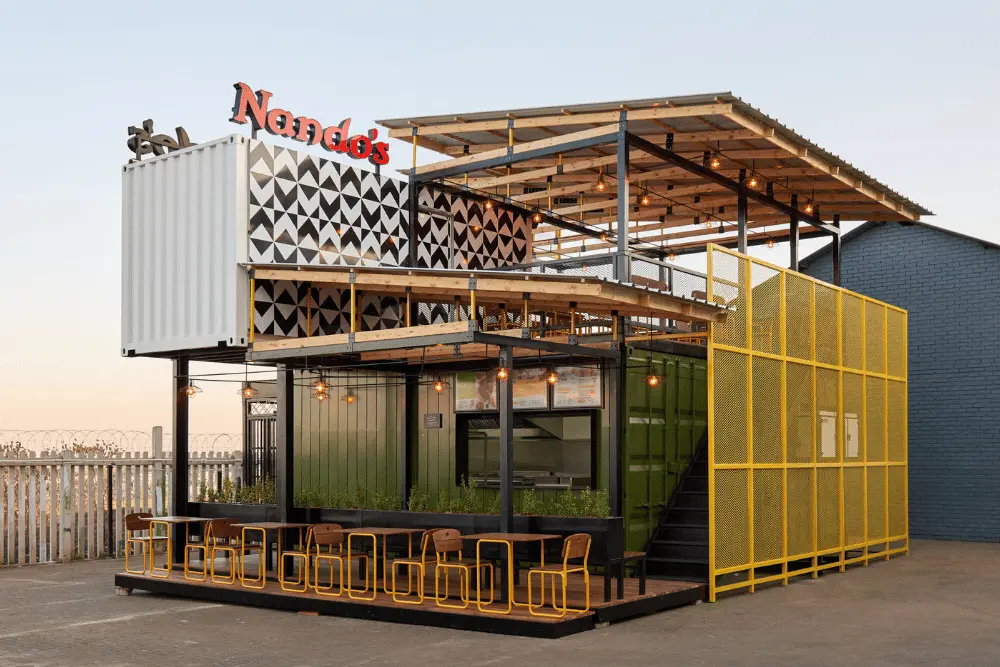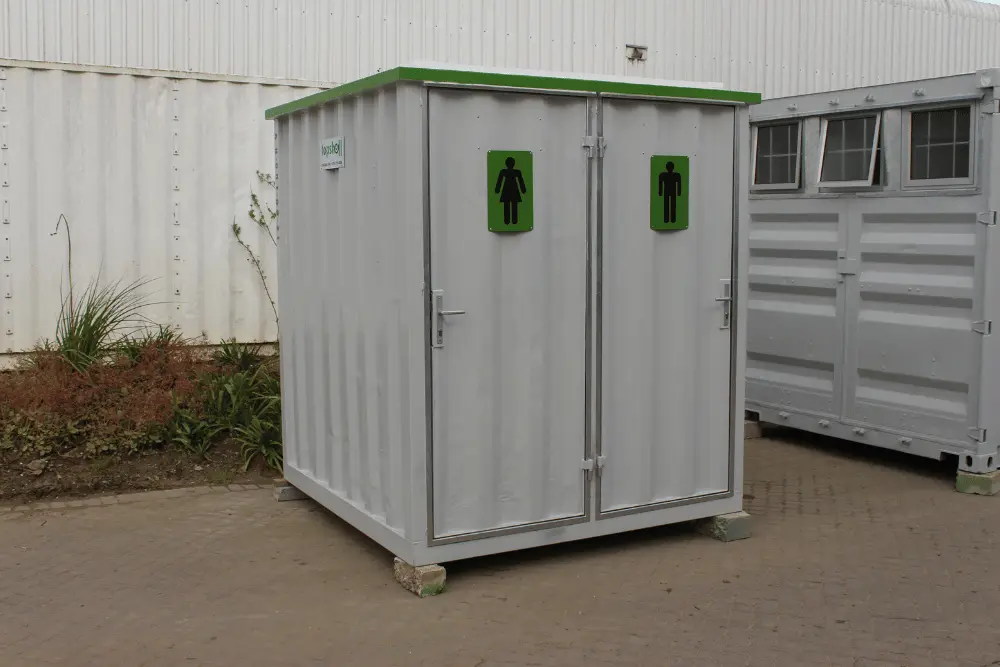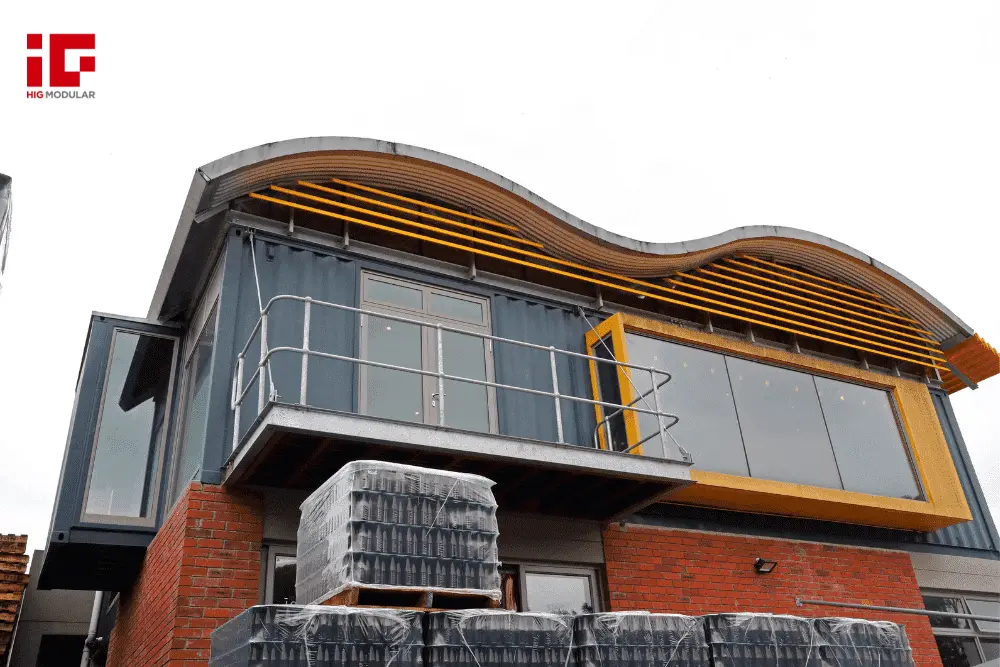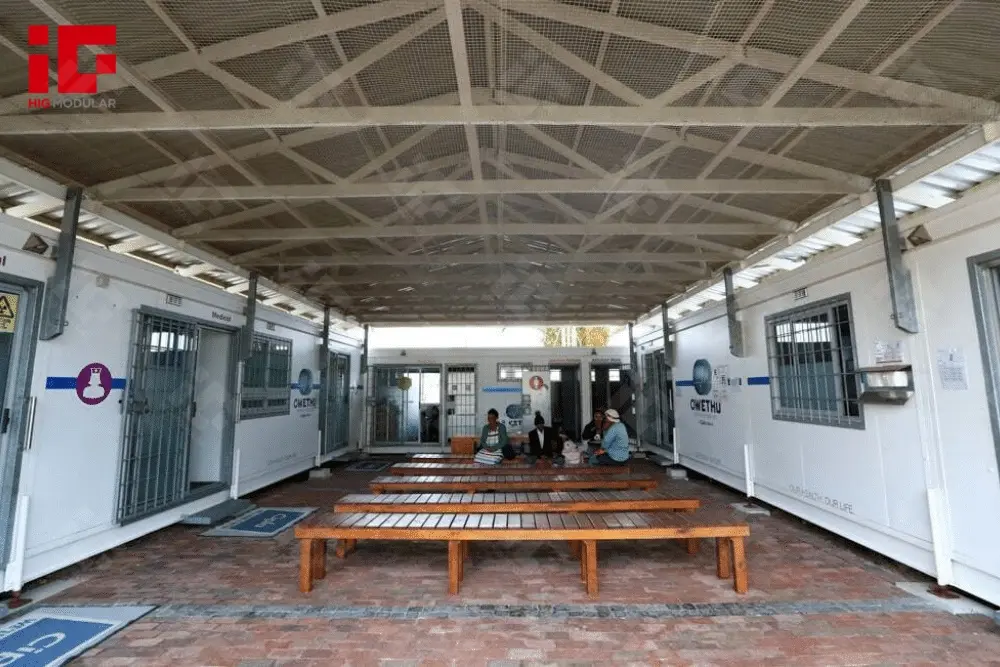News Categories
Featured News
0102030405
Detachable Container Houses Transform Education in Underserved African and Southeast Asian Communities
2025-09-01
In many parts of Africa and Southeast Asia, education faces a silent barrier: the lack of proper schools. Rural villages might have one small classroom shared by five grades, with students sitting on the dirt floor. Island communities often rely on makeshift structures that blow away in storms. In conflict-affected areas, schools are destroyed or too dangerous to attend. But Detachable Container houses are changing this—turning empty fields and village squares into functional, reliable schools that adapt to local needs.
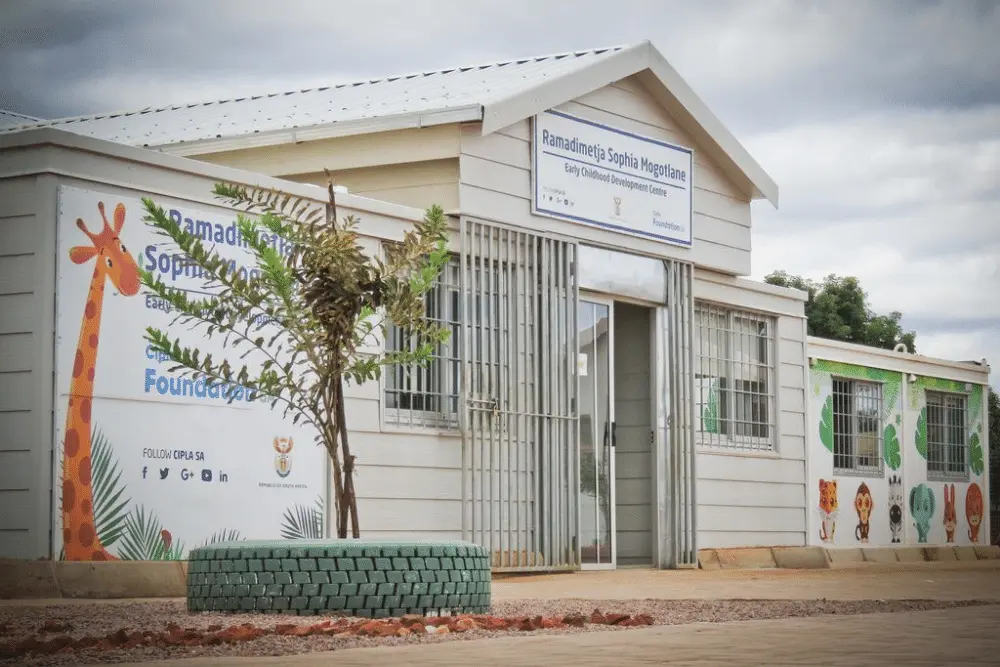
The biggest appeal of these container-based schools is their flexibility. Unlike traditional schools, which are fixed in place and hard to modify, detachable container units can be combined, expanded, or moved as a community’s needs change. A village with 50 students might start with two connected units: one for lower grades and one for upper grades. If the student population grows to 100, they can add two more units. If a flood or wildfire forces the community to relocate, the entire school can be disassembled, transported, and rebuilt in a new location. This adaptability makes the schools ideal for regions where populations shift or natural disasters are common.
The table below shows common layout options for detachable container schools, each designed to meet different community needs:
| Layout Type | Dimensions (Length x Width x Height) | Capacity (Students) | Functionality |
|---|---|---|---|
| Single-Unit Classroom | 6m x 3.5m x 2.8m | 25-30 | Basic classroom with desks, blackboard, and storage |
| Double-Unit Combo | 12m x 3.5m x 2.8m | 50-60 | Two connected classrooms (e.g., math + science) |
| Community Hub | 18m x 3.5m x 2.8m | 80-100 | 3 classrooms + 1 small library + 1 office |
| Mobile School | 6m x 3.5m x 2.8m (foldable) | 25-30 | Designed for remote areas; fits on small trucks |

These layouts are not just practical—they also improve the quality of education. In rural Mozambique, a community that previously held classes under a mango tree now has a two-unit detachable school. The walls block the sun and wind, so students can focus on their lessons. The blackboards are permanent, not just painted on tree trunks. “Before, when it rained, we couldn’t go to school,” a 12-year-old student said. “Now, we go every day—even when it rains.”
Durability is another critical factor for schools in harsh climates. Detachable container schools are built to withstand the challenges of their environments. In Southeast Asia, where monsoons bring heavy rain and strong winds, the units have waterproof roofs and reinforced frames that can resist winds up to 120 kilometers per hour. In Africa’s Sahel region, where temperatures often reach 45°C (113°F), the insulated wall panels keep classrooms cool—so students don’t overheat during lessons. The materials are also easy to clean, which helps prevent the spread of illnesses in areas with limited access to healthcare.
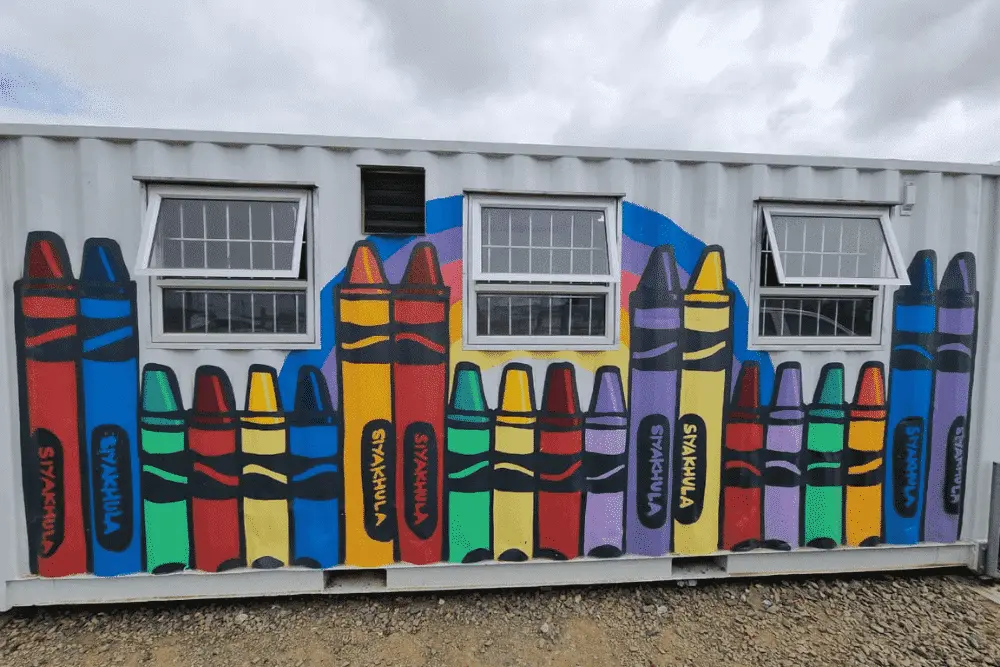
Setting up a detachable container school is fast, too. A team of six people can build a two-unit school in two days. This speed is a game-changer for communities that have waited years for a proper school. In Ethiopia’s Oromia Region, a village received funding for a school in 2021. Instead of waiting six months for a traditional school to be built, they had a detachable container school ready in a week. “The children started classes right away,” a local teacher said. “They were so excited to have desks and a roof over their heads.”
Many detachable container schools also include extra features that make education more accessible. Some have solar panels to power lights and fans—critical in areas without electricity. Others have small libraries with books donated by aid groups. In the Philippines, a mobile detachable school travels between three small islands, stopping for two weeks on each island to teach students who live too far from a permanent school. The school has a built-in bookshelf and a small computer (powered by solar panels) that students use to learn basic digital skills.
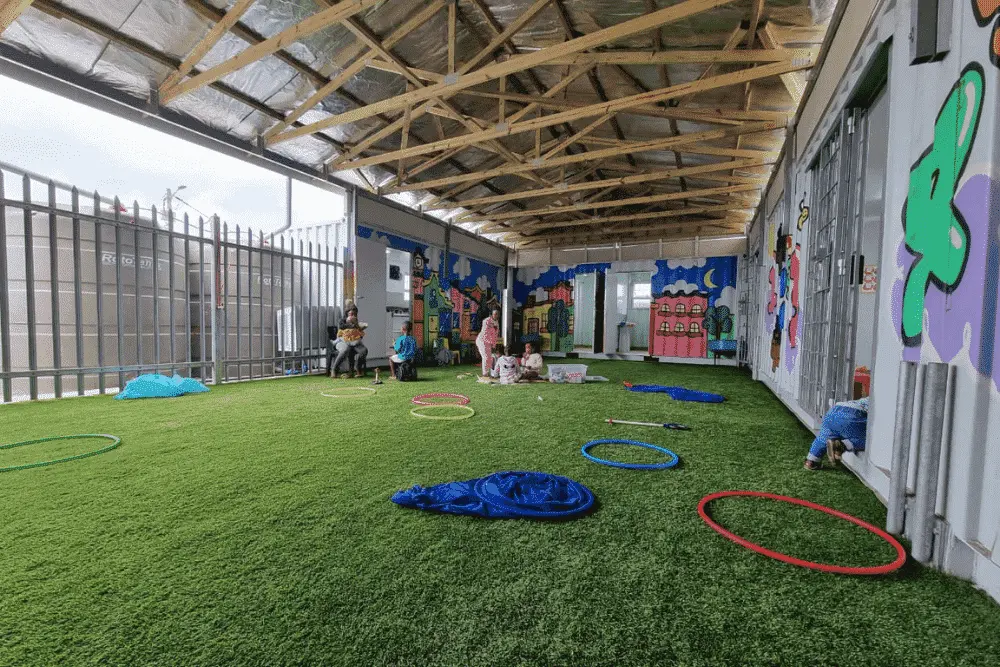
The impact of these schools goes beyond the classroom. They often become community centers, too. After school hours, adults use the classrooms for literacy classes or farming workshops. During health campaigns, the schools serve as temporary clinics where residents can get vaccines or medical checkups. In Zambia, a detachable container school has become the heart of its village. “We use it for everything,” a village elder said. “It’s where our children learn, where we learn, and where we help each other.”
As demand grows, more organizations are investing in detachable container schools. International aid groups are partnering with local governments to build schools in underserved areas. In 2023, a global nonprofit built 100 detachable container schools across Kenya, Tanzania, and Uganda. In Southeast Asia, Vietnam’s government has included the schools in its national plan to improve rural education by 2030.
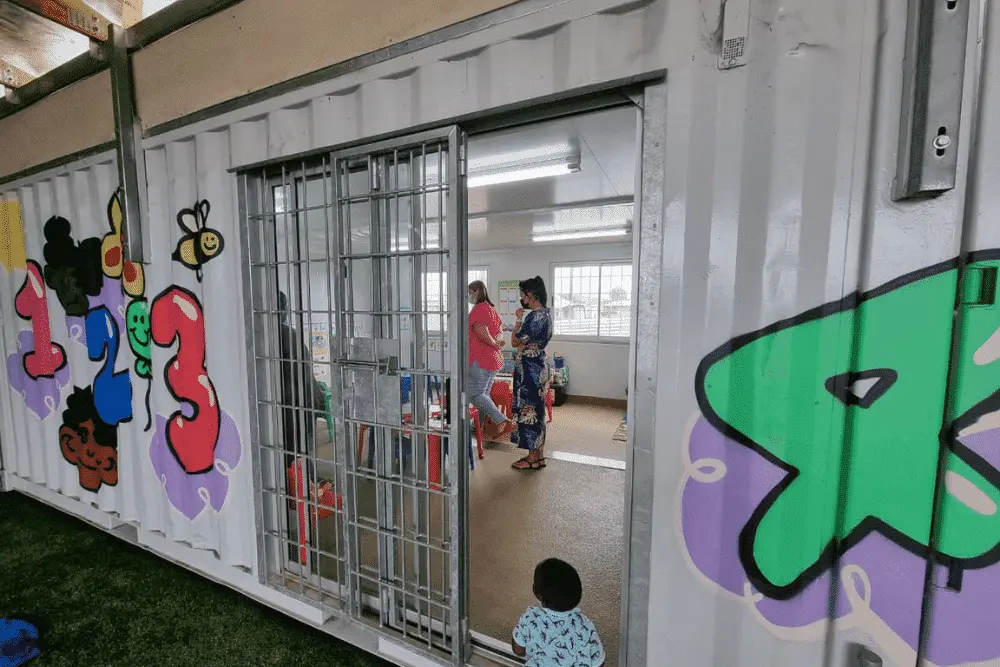
For children in these communities, detachable container schools are more than just buildings. They are a chance to learn without worrying about rain or wind. They are a way to access books and technology they might never see otherwise. And they are a promise that, no matter where they live, they deserve a quality education. As one teacher in Cambodia put it: “This school isn’t perfect, but it’s ours. And it’s giving our children a future.”


